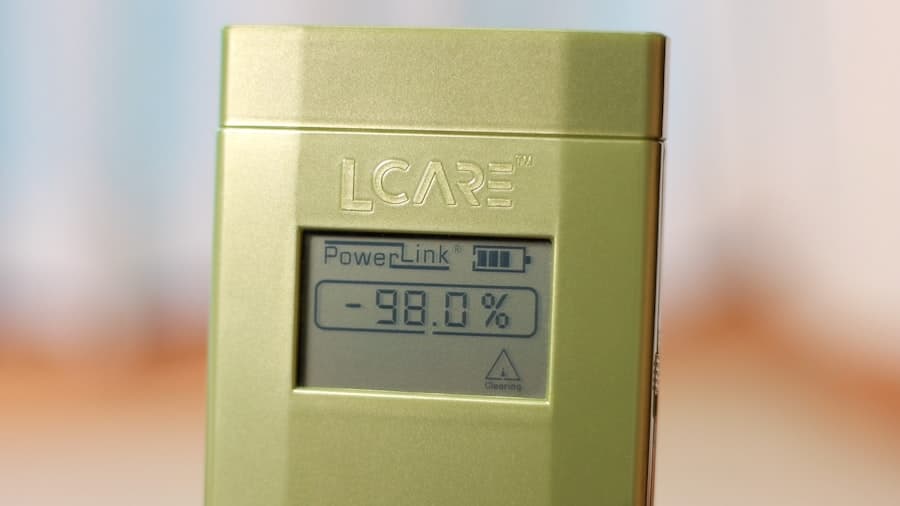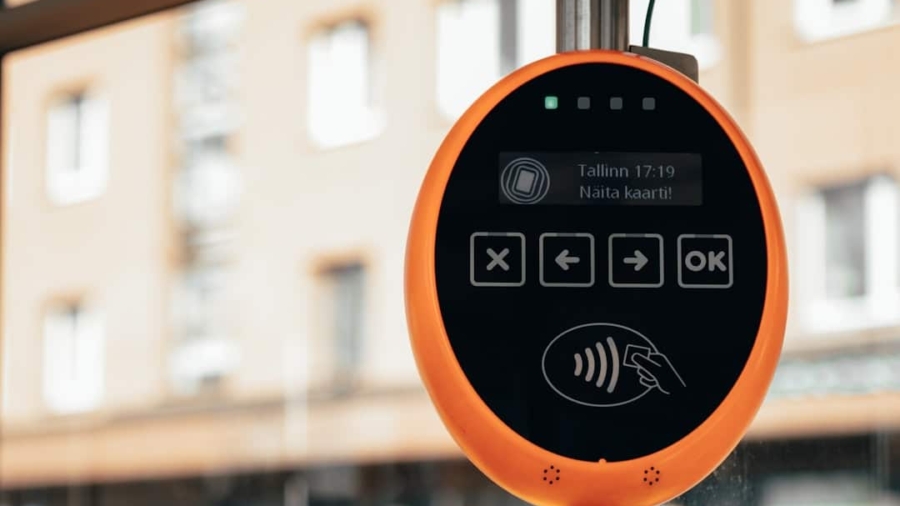In an era where energy consumption is under increasing scrutiny, smart energy monitoring devices have emerged as pivotal tools for both consumers and businesses. These devices are designed to track, analyze, and optimize energy usage in real-time, providing users with insights that were previously difficult to obtain. The rise of these technologies is largely driven by the need for greater energy efficiency, cost savings, and environmental sustainability.
As the world grapples with the consequences of climate change and the depletion of natural resources, smart energy monitoring devices offer a practical solution to mitigate these challenges. Smart energy monitoring devices encompass a wide range of technologies, from simple plug-in meters that measure the energy consumption of individual appliances to sophisticated systems that integrate with home automation networks. They provide users with detailed data on their energy usage patterns, enabling them to make informed decisions about their consumption habits.
This not only helps in reducing energy bills but also contributes to a more sustainable lifestyle. As we delve deeper into the benefits, types, and functionalities of these devices, it becomes clear that they are not just gadgets but essential components of modern energy management strategies.
Key Takeaways
- Smart energy monitoring devices help track and manage energy usage in real-time, leading to more efficient energy consumption.
- Using smart energy monitoring devices can lead to cost savings, reduced energy waste, and a more sustainable lifestyle.
- There are various types of smart energy monitoring devices available, including smart plugs, energy monitors, and smart thermostats.
- These devices work by collecting data on energy usage, analyzing patterns, and providing insights to help users make informed decisions about their energy consumption.
- Smart energy monitoring devices have a positive impact on energy efficiency, helping users to reduce their carbon footprint and contribute to a greener environment.
Benefits of Using Smart Energy Monitoring Devices
The advantages of employing smart energy monitoring devices are manifold, extending beyond mere cost savings. One of the most significant benefits is the ability to gain granular insights into energy consumption patterns. Users can identify which appliances consume the most energy and at what times, allowing for targeted interventions.
For instance, a household may discover that their heating system is responsible for a substantial portion of their energy bill during winter months. With this knowledge, they can adjust their usage or invest in more efficient heating solutions. Moreover, smart energy monitoring devices empower users to adopt more sustainable practices.
By providing real-time feedback on energy consumption, these devices encourage individuals and businesses to modify their behavior. For example, a user might receive alerts when their energy usage spikes unexpectedly, prompting them to investigate potential issues such as malfunctioning appliances or unnecessary usage. This proactive approach not only leads to immediate savings but also fosters long-term habits that contribute to reduced carbon footprints.
Types of Smart Energy Monitoring Devices

Smart energy monitoring devices come in various forms, each tailored to meet specific needs and applications. One common type is the smart plug, which allows users to monitor and control the energy consumption of individual appliances remotely. These plugs can be programmed to turn off devices during peak hours or when they are not in use, effectively reducing standby power consumption.
For example, a smart plug connected to a television can be set to power down automatically at night, preventing unnecessary energy waste. Another category includes whole-home energy monitors that connect directly to a home’s electrical panel. These devices provide comprehensive insights into overall energy usage by tracking the flow of electricity throughout the entire household.
They often come equipped with advanced features such as real-time monitoring via smartphone apps and integration with other smart home systems. For instance, a whole-home monitor can alert users when their energy consumption exceeds a certain threshold, allowing them to take corrective actions before incurring higher costs.
How Smart Energy Monitoring Devices Work
The functionality of smart energy monitoring devices hinges on advanced technology that enables precise measurement and analysis of energy consumption. Most devices utilize sensors that detect electrical current flowing through wires or plugs. These sensors convert the electrical signals into data that can be processed and displayed in user-friendly formats.
For instance, a smart plug may measure voltage and current to calculate power consumption in watts, which is then relayed to the user through an app or display. Data transmission is another critical aspect of how these devices operate. Many smart energy monitors connect to Wi-Fi networks or use Bluetooth technology to send data to smartphones or cloud-based platforms.
This connectivity allows users to access real-time information about their energy usage from anywhere, facilitating informed decision-making on the go. Additionally, some devices employ machine learning algorithms to analyze historical data and predict future consumption patterns, further enhancing their utility.
The Impact of Smart Energy Monitoring Devices on Energy Efficiency
The implementation of smart energy monitoring devices has a profound impact on overall energy efficiency at both individual and societal levels. By providing users with actionable insights into their consumption habits, these devices encourage more responsible usage of electricity. Studies have shown that households equipped with smart meters can reduce their energy consumption by 10-15% simply by being aware of their usage patterns.
This reduction not only translates into lower utility bills but also contributes to decreased demand on power grids. On a larger scale, widespread adoption of smart energy monitoring technologies can lead to significant reductions in greenhouse gas emissions. As more consumers and businesses become aware of their energy consumption and take steps to optimize it, the cumulative effect can be substantial.
For instance, if millions of households across a region reduce their energy usage by even a small percentage, it can alleviate pressure on local power plants and reduce the need for additional fossil fuel-based generation. This shift towards greater efficiency aligns with global efforts to combat climate change and transition towards renewable energy sources.
Integration of Smart Energy Monitoring Devices with Smart Home Systems

The integration of smart energy monitoring devices with broader smart home systems represents a significant advancement in home automation technology. Many modern homes are equipped with interconnected devices that communicate with each other through centralized platforms such as Google Home or Amazon Alexa. This interoperability allows for seamless control and automation of various systems within the home, including lighting, heating, and security.
If the monitor detects high energy usage during peak hours, it can signal the thermostat to adjust the temperature settings accordingly, thereby reducing costs without sacrificing comfort. This level of integration not only enhances convenience for users but also maximizes energy efficiency across multiple systems within the home.
Considerations When Choosing a Smart Energy Monitoring Device
When selecting a smart energy monitoring device, several factors should be taken into account to ensure it meets specific needs and preferences. One crucial consideration is compatibility with existing home systems and appliances. Users should verify whether the device can integrate seamlessly with their current setup, including Wi-Fi networks and smart home platforms.
For instance, some devices may only work with specific ecosystems like Apple HomeKit or Google Assistant. Another important aspect is the level of detail provided by the device’s analytics capabilities. Some monitors offer basic insights into overall consumption, while others provide granular data on individual appliances or even specific circuits within a home.
Users should assess their requirements—whether they need comprehensive data for detailed analysis or simpler metrics for general awareness—and choose accordingly. Additionally, factors such as ease of installation, user interface design, and customer support should also influence the decision-making process.
The Future of Smart Energy Monitoring Devices
As technology continues to evolve, the future of smart energy monitoring devices looks promising and dynamic. Innovations in artificial intelligence and machine learning are expected to enhance the capabilities of these devices significantly. Future models may incorporate predictive analytics that not only track current usage but also forecast future consumption based on historical data and external factors such as weather patterns or changes in household occupancy.
Moreover, as renewable energy sources become more prevalent, smart energy monitoring devices will likely play a crucial role in managing decentralized energy systems. Homeowners with solar panels or wind turbines will benefit from advanced monitoring solutions that optimize the use of generated power while minimizing reliance on grid electricity during peak times. This shift towards decentralized energy management aligns with global trends toward sustainability and resilience in energy systems.
In conclusion, smart energy monitoring devices are set to become integral components of our daily lives as we strive for greater efficiency and sustainability in our energy consumption practices. Their ability to provide real-time insights and facilitate informed decision-making positions them as essential tools in addressing contemporary energy challenges.
In the rapidly evolving landscape of energy management, smart energy monitoring devices are becoming increasingly pivotal. These devices not only help in optimizing energy consumption but also contribute significantly to reducing carbon footprints. A related article that delves into the technological advancements in smart devices is the review of the Huawei Mate 50 Pro. This article explores the cutting-edge features of the Huawei Mate 50 Pro, highlighting its role in the broader context of smart technology. For more insights, you can read the full article here.
FAQs
What are smart energy monitoring devices?
Smart energy monitoring devices are electronic devices that track and analyze energy usage in a home or building. They provide real-time data on energy consumption, allowing users to make informed decisions about their energy usage and potentially save on energy costs.
How do smart energy monitoring devices work?
Smart energy monitoring devices typically use sensors and meters to track energy usage. They then transmit this data to a central hub or app, where users can access and analyze the information. Some devices also offer features such as energy usage alerts and recommendations for energy-saving actions.
What are the benefits of using smart energy monitoring devices?
Some benefits of using smart energy monitoring devices include:
– Increased awareness of energy usage
– Ability to identify energy-wasting appliances or behaviors
– Potential for cost savings on energy bills
– Contribution to environmental sustainability by reducing energy consumption
What types of smart energy monitoring devices are available?
There are various types of smart energy monitoring devices available, including:
– Smart meters installed by utility companies
– Standalone energy monitoring devices that can be installed by homeowners
– Integrated smart home systems that include energy monitoring as part of their features
Are smart energy monitoring devices easy to install and use?
Many smart energy monitoring devices are designed to be easy to install and use, with user-friendly interfaces and simple setup processes. However, some devices may require professional installation, especially if they are integrated into a larger smart home system.

